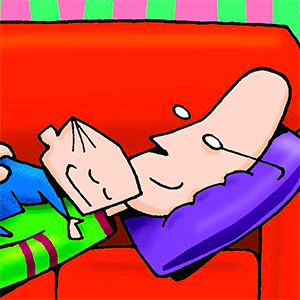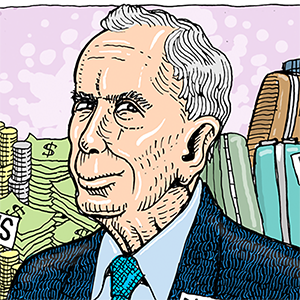How Baltimore plans to spend at least $400 million on opioid crisis
Published in News & Features
BALTIMORE — Thursday’s suspected overdoses in Baltimore’s Penn North neighborhood came just after city officials rolled out Mayor Brandon Scott’s plan to use hundreds of millions of dollars from settlements to tackle the city’s opioid crisis.
At a July 2 news conference, Scott announced that the new Mayor’s Office of Overdose Response (MOOR) would release a “needs assessment” and “strategic plan” concerning the opioid crisis. The plan will be revised every two years in coordination with the Baltimore City Health Department, similar to the city’s violence reduction initiatives, according to Scott.
“The needs assessment shows us in data what many of us know from lived experience here in Baltimore,” Scott said. “It identifies barriers to access, particularly for older Black men.”
The strategic plan aims to reduce opioid overdoses by 40% by 2040 by outlining five specific priorities: Social determinants of health, prevention, harm reduction, treatment and recovery. Mental health services are also a key aspect of the plan, as those struggling with addiction will have access to naloxone (also known as Narcan) and other drugs that block the effects of overdoses, as well as mobile vans to provide care.
Dr. Letitia Dzirasa, a former Baltimore health commissioner and the city’s current deputy mayor of health and human services, said the plan will target those suffering from drug addiction based on “inequities.” Black people in Baltimore are 1.6 times as likely to die from drug overdoses compared to white people, while Black men aged 60 and older are 4.6 times as likely to suffer a fatal overdose compared to white men in the same age range, Dzirasa said at a City Council hearing Wednesday.
MOOR hosted a community meeting in Baltimore’s Cherry Hill neighborhood Wednesday, during which residents shared how overdoses and drug addiction impacted people close to them. Three more community meetings are on the calendar this month:
•Thursday, July 17, 5:30 to 8 p.m. at Gethsemane Baptist Church, 2520 Francis St.
•Wednesday, July 23, 5:30 to 8 p.m. at Pimlico Elementary School, 4849 Pimlico Road
•Thursday, July 31, 5:30 to 8 p.m. at Henderson Hopkins Elementary and Middle School, 2100 Ashland Ave.
Where’s the money coming from?
Last year, Baltimore secured more than $400 million in settlements with pharmaceutical companies concerning illegal street drugs being distributed in the city. These settlements were from:
•$45 million from Allergan, June 2024
•$45 million from CVS, August 2024
•$152 million from Cardinal Health, August 2024
•$80 million from Tiva, September 2024
•$80.5 million from Walgreens, September 2024
The city could see even more money roll in from last November’s verdict against McKesson and AmerisourceBergen, in which jurors found these two companies responsible for 97% of Baltimore’s opioid crisis and awarded the city $266 million in damages. But last month, Baltimore City Circuit Judge Lawrence Fletcher-Hill ruled that amount was “grossly excessive” and should be reduced to $52 million, prompting the city to re-evaluate its legal options before agreeing to a new verdict.
Fletcher-Hill’s ruling did not address the additional $5 billion the city seeks from McKesson and AmerisourceBergen last December to relieve future damages from its opioid crisis.
------------
©2025 The Baltimore Sun. Visit at baltimoresun.com. Distributed by Tribune Content Agency, LLC.







Comments